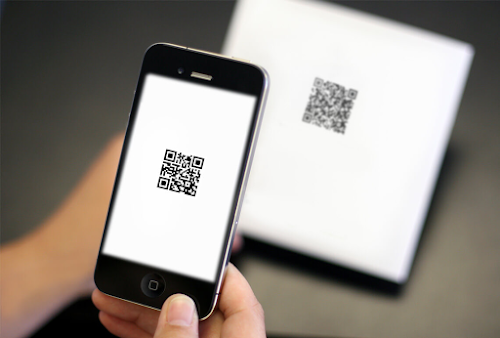Smartphones consist of many sensors that are important for various different features. Sensors perform an important task like tracking steps, helping maps determine your current location, helping VR applications determine your position & orientation. So in this article let's take a look at the different types of sensors and how do they work
Accelerometer
It is one of the most basic sensors found on a smartphone. Accelerometers handle axis-based motion sensing and can be found in fitness trackers as well as phones—they’re the reason why your smartphone can track your steps even if you haven’t bought a separate wearable.
They also tell the phone’s software which way the handset is pointing, something that’s becoming increasingly important with the arrival of augmented reality apps. From switching apps from portrait to landscape to showing your current speed in a driving app, the accelerometer is one of your phone’s most important sensors.
The sensor is itself made up of other sensors, including microscopic crystal structures that become stressed due to accelerative forces. The accelerometer then interprets the voltage coming from the crystals to figure out how fast your phone is moving and which direction it’s pointing in.
Gyroscope
The gyroscope helps the accelerometer out with understanding which way your phone is orientated it adds another level of precision so those 360-degree photo spheres really look as impressive as possible.
Whenever you play a racing game on your phone and tilt the screen to steer, the gyroscope rather than the accelerometer is sensing what you’re doing, because you’re only applying small turns to the phone and not actually moving through space. A gyroscope is becoming an important sensor with the advanced VR applications coming into play.
Magnetometer
The magnetometer measures magnetic fields and thus can tell which way is north direction by varying its voltage output to the phone. However, the sensor doesn’t work alone for its primary purpose, which is inside mapping apps, it operates in tandem with the data coming from the phone’s accelerometer and GPS unit to figure out whereabouts you are in the world, and which way you’re pointing
GPS(Global Positioning System)
GPS units inside phones get a ping from a satellite up in space to figure out which part of the planet you’re standing on (or driving through). They don’t actually use any of your phone’s data, which is why you can still see your location when your phone has lost signal, even if the map tiles themselves are a blurry, low-res mess. In fact, it connects with multiple satellites then calculates where you are based on the angles of intersection.
Barometer Sensor:-It is included in some iPhones.The Barometer Sensor Measures the Air Pressure. It’s useful for everything from detecting weather changes to calculating the altitude you’re at.
Proximity Sensor
The proximity sensor usually sits up near the top speaker and combines an infrared LED and light detector to work out when you have the phone up to your ear, so that screen can be switched off. The sensor emits a beam of light that gets bounced back, though it’s invisible to the human eye.
Ambient Light Sensor
The ambient light sensor does exactly what you would expect, taking a measuring of the light in the room and adjusting your screen’s brightness accordingly
Touch Screen Sensors
The smartphone sensors in a touchscreen have an electrical current passing through them at all times and touching the screen causes a change in the signals. This change acts as input for the device. Before Apple introduced the capacitive touchscreen, resistive screens were used in the display. But nowadays, the capacitive screen is used in almost all smartphones.
Fingerprint Sensor
Gone are the days of memorizing passwords and patterns to unlock your phone as many users prefer using the fingerprint scanner these days. Fingerprint sensor enables biometric verification to secure many smartphones today. It is a capacitive scanner that records your fingerprint electrically.
NFC(Near Field Communication)Sensor
It enables short-range communication between compatible devices. This requires at least one transmitting device, and another to receive the signal. A range of devices can use the NFC standard. NFC works on the principle of sending information over radio waves.
Other sensors:-Apart from these sensors there are also some other sensors like Thermometer Sensor, Pedometer, Barcode/QR Code sensors,Back-illuminated Sensor, Heart Rate Sensors, Air Humidity Sensor etc present in many smartphones
Stay Tuned For More Updates & Allow Notifications to get Notified Whenever I Post a New Update












Comments
Post a Comment